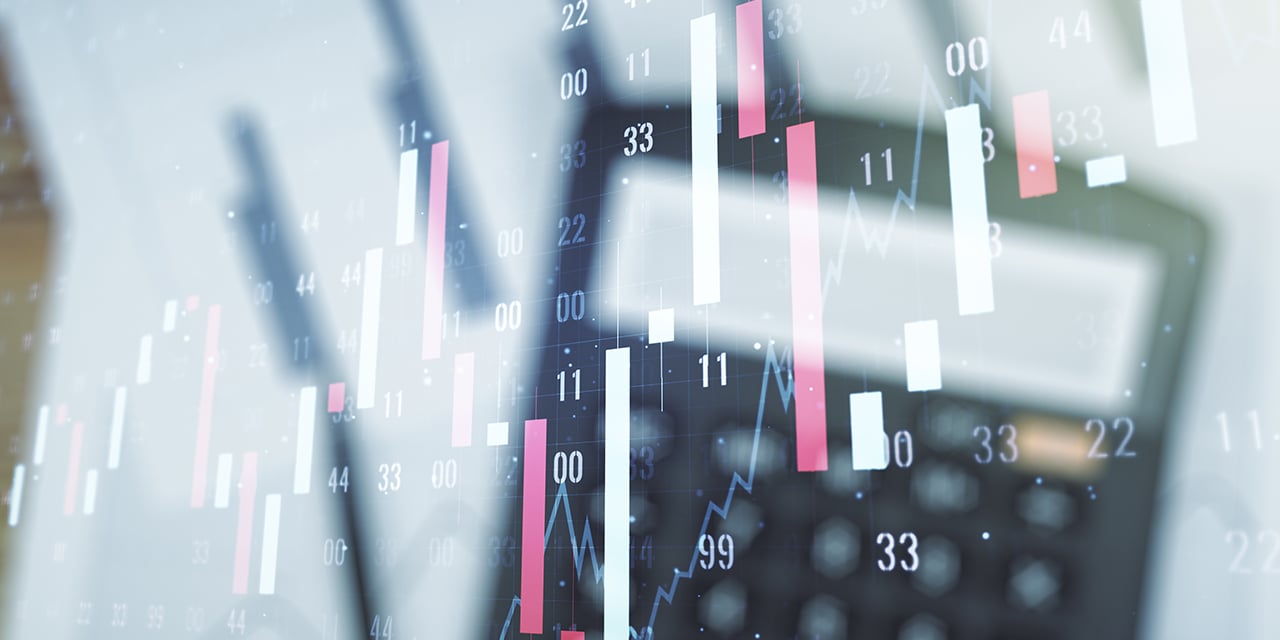
A Brave New World
At Digest, we regularly challenge investors to "separate the news from the noise" – to put aside the trivial distractions of the day and take note of meaningful shifts in the economic landscape. But in an increasingly noisy world, it'd be easy to miss that the economic landscape has changed – we no longer live in a time of quantitative easing and 0% interest rates, nor do we foresee that era soon returning.
This is what we believe investors should expect going forward:
Inflation that's higher and stickier. Robust jobs reports and elevated monthly indicators like the Consumer Price Index suggest that, to quote our friends at Strategas, "inflation has become sticky." The last time we saw inflation spike to this degree was May 1980, and it took three years for it to recede to even 3%. (The Federal Reserve has a stated inflation target of 2%.)
Elevated interest rates. The Fed is expected to continue combating higher inflation with higher interest rates. Respondents to a February 2023 Strategas survey expect the Fed Funds rate – which informs rates on deposits, loans, credit cards and mortgages – to remain above 4% for "years to come."
Weakened growth. The U.S. government spent a record $213 billion on interest payments on its debt in the fourth quarter of 2022. A rise in federal interest costs would likely result in lower spending, higher taxes or more debt – each of which could lead to diminished economic growth.
A continuing trend toward de‐globalization. In response to China's increasing global influence and an increase in geopolitical tension, the U.S. is moving from supply chain efficiency to supply chain resiliency. This "Cold War 2.0" and increased focus on domestic manufacturing will likely result in higher inflation and interest rates.
Living and Investing in This New World
How should investors adjust their attitudes and strategies to meet this new environment?
Revisit the assumptions behind your financial plans. Over the past 20 years – which includes two recessions – the S&P 500 has averaged a robust 9% annual return. A higher‐inflation, lower‐growth environment could impact the market differently – make sure you adjust your return assumptions accordingly.
Reconsider where your cash sits. Today's higher yields can mitigate some of the sting of inflation. CDs and money market mutual funds, whose interest rates have hovered near 0% for years, are starting to generate yields again. In addition, Baird offers a Cash Sweep program that puts your cash to work by providing you the opportunity to earn income on available cash balances held in your Baird account, as well as offering FDIC Insurance protection on cash balances up to specific limits.*
Consider inflation's knock‐on effects. This environment's decreased purchasing power changes the equation when it comes to discretionary spending. Putting your money in interest‐bearing accounts, contributing more to your portfolio or paying off variable‐rate debt like credit cards might make more sense than paying off a low‐interest fixed‐rate mortgage.
Maximize liquidity to avoid selling at a discount. Liquidating assets in a down or volatile market can lock in your losses. Refortifying your emergency fund or establishing a securities‐based line of credit can give you options for immediate cash needs while leaving your portfolio intact.
To learn more, check out Baird's liquidity solutions and Cash Sweep program.

*Any cash balances that are in excess of the aggregate deposit limit are automatically invested in the Dreyfus Government Cash Management Wealth Shares. ERISA plan accounts have all cash invested in the Dreyfus Government Cash Management Wealth Shares. Baird receives compensation on balances in the Cash Sweep program. For more information, including details on the amount Baird receives, visit Baird's Cash Sweep Program Disclosure page.
The information offered is provided to you for informational purposes only. Robert W. Baird & Co. Incorporated is not a legal or tax services provider and you are strongly encouraged to seek the advice of the appropriate professional advisors before taking any action. The information reflected on this page are Baird expert opinions today and are subject to change. The information provided here has not taken into consideration the investment goals or needs of any specific investor and investors should not make any investment decisions based solely on this information. Past performance is not a guarantee of future results. All investments have some level of risk, and investors have different time horizons, goals and risk tolerances, so speak to your Baird Financial Advisor before taking action.
